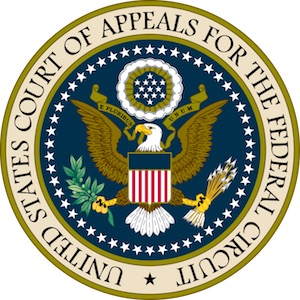 The Federal Circuit recently issued a decision in McRo, Inc. v. Bandai Namco Games America, which found that the software patent claims at issue were not directed to an abstract idea and were patent eligible.
The Federal Circuit recently issued a decision in McRo, Inc. v. Bandai Namco Games America, which found that the software patent claims at issue were not directed to an abstract idea and were patent eligible.
The patents in question related to automating a part of a 3D-animation method. Essentially, the patents cover lip synchronization of animated characters so that the lips of the animated character move in a normal fashion to the point where the animated character’s lips can be read.
After going through a two-plus page recitation of the law, Judge Reyna summarized the district court holding, that the claims were drawn to an abstract idea of automating rules-based use of morph targets and delta sets for lip synchronization in 3D animation. Reyna explained that the Federal Circuit disagreed with that determination, reminding the district court that they have cautioned courts to carefully “avoid oversimplifying the claims.” Reyna would go on to say that these claims are specifically “limited to rules with specific characteristics.”
When addressing the specific limitations of the rules (see bottom of page 21), the Federal Circuit in McRo did not cite to Enfish v. Microsoft, but did observe: “The specific, claimed features of these rules allow for the improvement realized by the invention.”
It would seem that, once again, the fact that the claims covered an “improvement” were to some extent pivotal in the Federal Circuit analysis. For example, at the top of page 22, Judge Reyna writes: “As the specification confirms, the claimed improvement here is allowing computers to produce ‘accurate and realistic lip synchronization and facial expressions in animated characters’ that previously could only be produced by human animators.”
Later, at the bottom of page 23, the Federal Circuit did cite to Enfish, as well as Rapid Litigation Management v. CellzDirect. In this paragraph, Judge Reyna addresses the preemption concerns, explaining:
We therefore look to whether the claims in these patents focus on a specific means or method that improves the relevant technology or are instead directed to a result or effect that itself is the abstract idea and merely invoke generic processes and machinery.
Finally, in the penultimate paragraph before the Conclusion, Judge Reyna writes:
When looked at as a whole, claim 1 is directed to a patentable, technological improvement over the existing, manual 3-D animation techniques. The claim uses the limited rules in a process specifically designed to achieve an improved technological result in conventional industry practice. Alice, 134 S. Ct. at 2358 (citing Diehr, 450 U.S. at 177). Claim 1 of the ’576 patent, therefore, is not directed to an abstract idea.
The fact that the claims were viewed as specific and limiting played an important role to the outcome of this case, but it is hard to ignore the fact that the Federal Circuit again continued to point out that the innovation at issue was an “improvement.” This should give patent practitioners important clues into how to characterize software-related innovations so as to maximize the likelihood of prevailing in Alice-inspired challenges and rejections.
Tags: patent, patents, Software, software patent, software patentability, software patents




You share in the PLI Practice Center community, so we just ask that you keep things civil. Leave out the personal attacks. Do not use profanity, ethnic or racial slurs, or take shots at anyone's sexual orientation or religion. If you can't be nice, we reserve the right to remove your material and ban users who violate our Terms of Service.